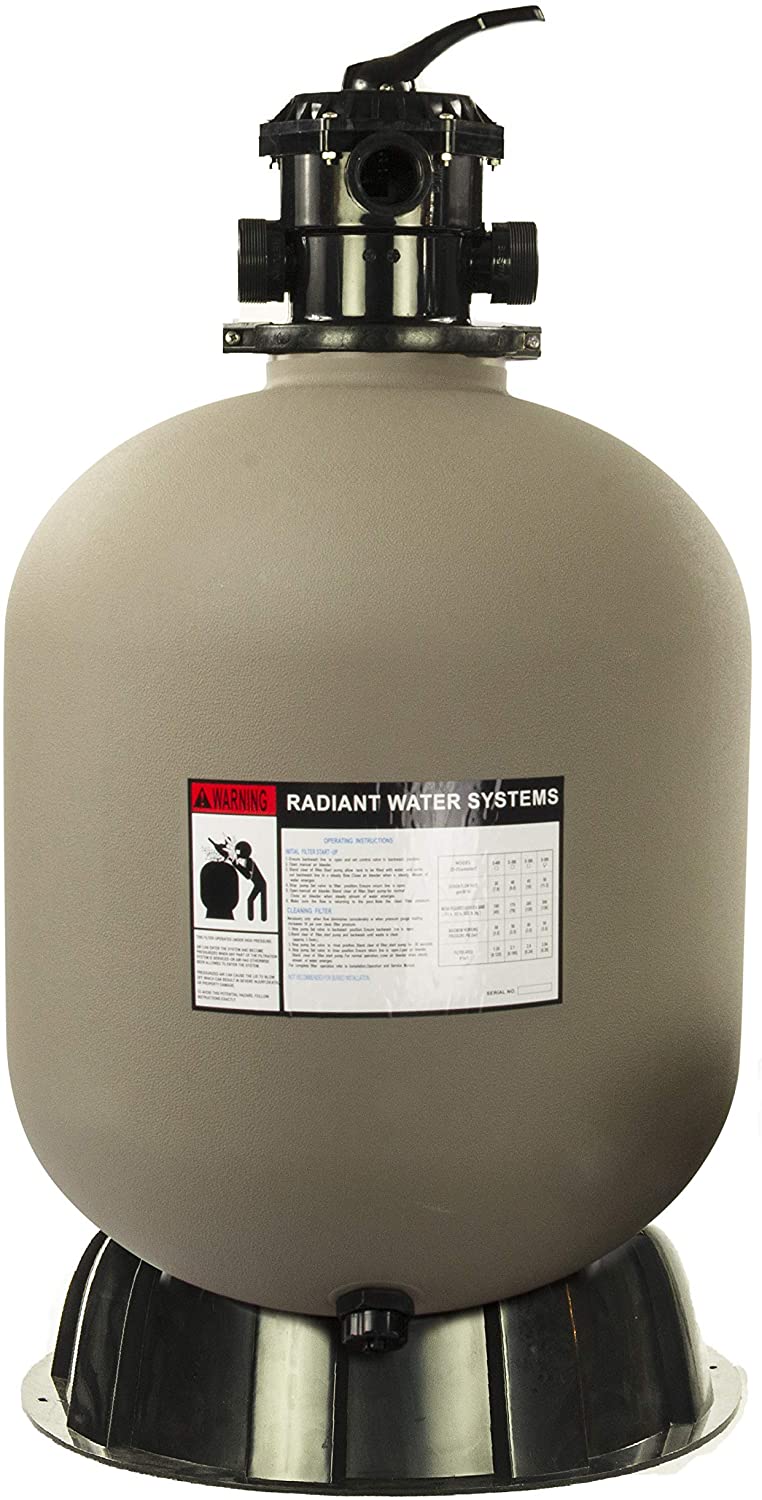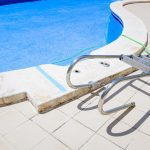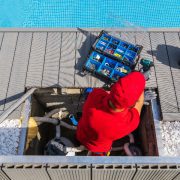
Backwash Basics: When and How to Clean Your Swimming Pool Filter
A refreshing dive into your pool is the best way to beat the summer heat. But for that pristine water, a lot happens behind the scenes – especially within your pool filter. One of the vital maintenance routines for any pool owner is backwashing. Let’s dive into the hows and whens of this essential pool chore.
1. What is Backwashing?
Backwashing is the process of cleaning your pool’s sand or DE (diatomaceous earth) filter by reversing the flow of water to wash away contaminants and debris. In short, it’s like giving your filter a mini spa day to rejuvenate and work efficiently again.
2. Why is Backwashing Important?
Just as we need regular showers, your filter also needs a periodic clean-up. Over time, filters trap debris and particles which can restrict the water flow and decrease the filter’s efficiency. Backwashing:
- Ensures clean water by removing debris from the filter.
- Enhances the efficiency of the filtration system.
- Extends the life of your filter.
3. Spotting the Right Time:
While many recommend backwashing on a set schedule, it’s best to be guided by the pressure gauge on your filter:
- Monitor the Pressure: Most filters have an optimal operating range (often between 10-20 psi). When the pressure rises 8-10 psi over the baseline, it’s time to backwash.
- Visual Checks: Some pools have a see-through glass or plastic “sight glass” which can be used to check the clarity of the water being backwashed. Once the water runs clear, the backwashing process is complete.
- Regularly Scheduled Maintenance: Even if the pressure hasn’t increased significantly, consider backwashing once a month during peak usage.
4. The Backwashing Process:
a. Turn Off the Pump: Safety first! Always turn off the pump before moving the multiport valve or backwash valve.
b. Adjust the Valve: Rotate your filter’s multiport valve to the “backwash” position. If you have a slide valve, simply push or pull the handle to initiate backwash.
c. Turn On the Pump: With the valve in the backwash position, turn the pump back on. You’ll see water flow out through the waste line.
d. Rinse After Backwashing: Once water runs clear in the sight glass or after 2-3 minutes, turn off the pump, switch the valve to the “rinse” position, and turn the pump on again for about 20-30 seconds. This settles the sand and removes any remaining debris.
e. Return to Normal: Turn off the pump, move the valve back to “filter,” and then turn the pump back on.
5. A Few Tips:
- Avoid Over-backwashing: Overdoing it can actually wash away the beneficial bacteria and useful particles that help trap contaminants.
- Replace Lost DE: If you have a DE filter, you’ll need to replace the DE powder after backwashing.
- Consult the Manual: Always refer to your filter’s manual for specific backwashing instructions and recommendations.
Conclusion:
Backwashing may sound technical, but once you get the hang of it, it’s just another easy step in your pool maintenance routine. With regular backwashing, your filter will continue to serve you efficiently, ensuring that every swim is a pleasure! ????♂️????




